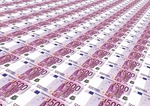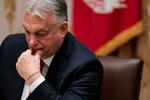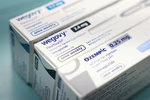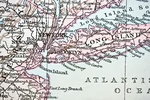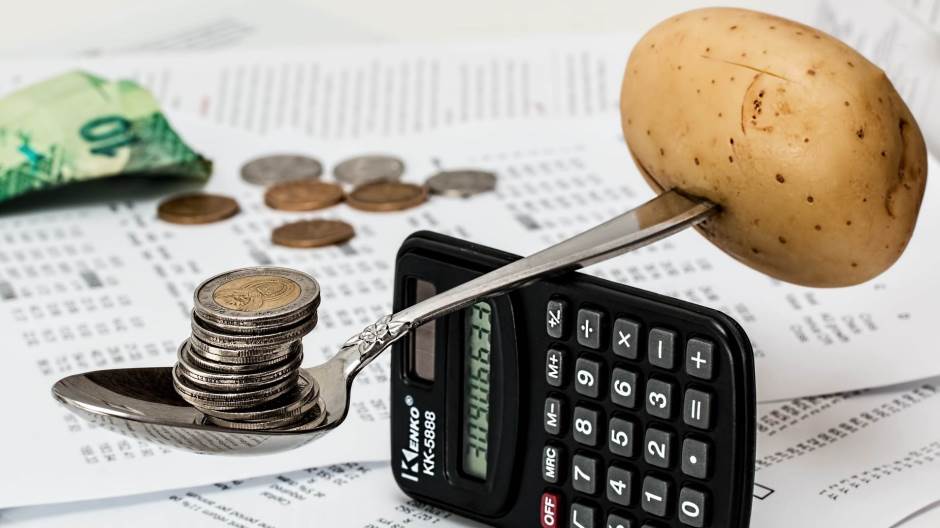
Consumer prices in Croatia in July were 12.3% higher on the year, which is the highest inflation in the country since the national statistical office (DZS) has been keeping data, mainly due to higher fuel and food prices.
Oglas
Month on month, the prices of goods and services for personal consumption were 0.4% higher, the DZS said on Wednesday.
In June, the year-on-year price increase was 12.1%. July was the third month in a row in which consumer prices saw a two-digit increase.
In the first seven months of 2022, the consumer prices index increased by 9.1% year on year, Raiffeisenbank Austria analysts said in a comment on the DZS data.
Broken down by the main divisions of the ECOICOP classification, at the annual level, the highest increase on average in consumer prices was recorded in Transport, of 19.2%, followed by Food and non-alcoholic beverages, of 18.3%, Restaurants and hotels, of 16.8%, Furnishings, household equipment and routine household maintenance, of 14.1%, Recreation and culture, of 10.0%, Housing, water, electricity, gas and other fuels, of 9.7%, Miscellaneous goods and services, of 7% and Clothing and footwear, of 5.5%.
RBA analysts expect two-digit increases in the coming months as well and a mild stabilisation only towards the end of the year.
That will mainly be a consequence of the base period and, to a lesser extent, of a slowing down of economic activity, they said.
They don't expect energy and food prices to fall, only to slow down and possibly stabilise at the currently increased levels, forecasting that this year Croatia will record the highest inflation rate in its recent history, 9.2% or higher.
RBA analysts believe part of the inflationary pressures will be carried into 2023, saying it is quite likely that energy prices will remain high. However, administrative price capping must stop at some point, which will result in higher prices of certain products and services, they said.
Kakvo je tvoje mišljenje o ovome?
Učestvuj u diskusiji ili pročitaj komentare
Oglas
Kakvo je tvoje mišljenje o ovome?
Učestvuj u diskusiji ili pročitaj komentare
Oglas





 Srbija
Srbija
 Hrvatska
Hrvatska
 Slovenija
Slovenija








